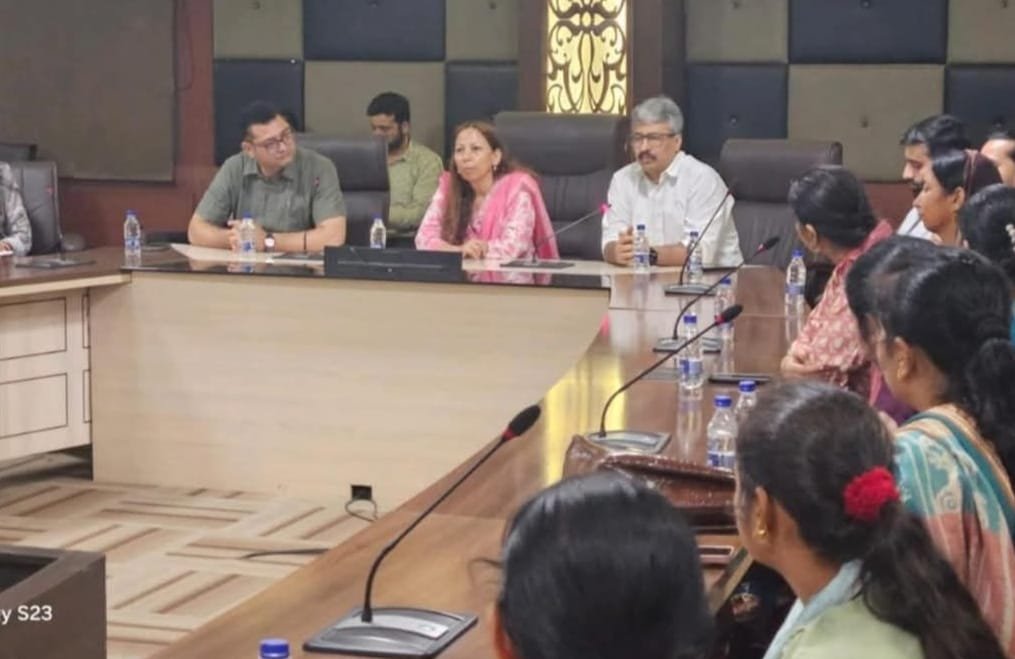With Kashmir recording significantly below-average rainfall this year, the region faces a looming agricultural crisis. The ongoing dry spell isn’t just a weather anomaly—it’s part of a worrying trend linked to climate change, and its impact on farming communities is already being felt across the Valley.
Agriculture, the backbone of Kashmir’s rural economy, is largely rain-fed. Yet, despite repeated warnings from weather and environmental experts, irrigation infrastructure remains woefully inadequate. Traditional canals lie neglected, many lift irrigation schemes are non-functional, and thousands of hectares remain vulnerable to drought-like conditions.
This situation calls for an urgent policy shift. Authorities must prioritise investment in modern irrigation systems—reviving defunct canals, expanding drip and sprinkler irrigation, and constructing check dams and water storage tanks. The Holistic Agriculture Development Programme (HADP) offers a framework, but it needs on-ground acceleration and better integration with local Panchayats and farming cooperatives.
Moreover, farmers must be trained in water-efficient practices, including crop diversification and climate-resilient farming methods. Without such interventions, the Valley could witness increased crop failures, farmer distress, and food insecurity in the years ahead.
Water, once taken for granted in Kashmir, is now a resource that demands smart management and long-term vision. The time to act is now—before the next failed monsoon turns this warning into a disaster.DD





